As soon as The Wing announced its immediate closure to members last night, what most people wanted to know was whether its co-working spaces could be stripped for parts: “No joke, WHERE will The Wing consignment sale happen and HOW do I get in?” tweeted Sam Oshins. “Can’t wait to see all the girlies at the Wing’s bankruptcy furniture auction,” Jennie Egerdie wrote. (Dozens of others have begun strategizing how to track the actual sale down when it arrives — proposing shared Google Groups and sending a joint email to Audrey Gelman.)
None of which comes as much of a surprise. When The Wing opened its first location on E. 20th Street, co-working wasn’t new and neither were social clubs. But the interiors, by Alda Ly (while at the architecture firm Leong Leong) and designer Chiara de Rege, with branding and a color palette by an all-women team at Pentagram, felt fresh. It wasn’t the “absence of men” that made the space exceptional, as Gelman told the Cut; it was how thoroughly considered every single element in the space was, from the bathroom tile and terrazzo tables stamped with Wing logos to the custom-designed wallpaper by Joana Avillez. It was the living room many 20- and 30-something professional women aspired to own once their careers, potentially aided by joining The Wing, gave them enough disposable income to buy their own jewel-tone Hans Wegner armchairs and Franco Albini rattan ottomans. (Gelman, for her part, described the look as “the apartment of a really cool Danish artist you wanted to make your best friend.”) As the brand expanded, the spaces became more lavish but always maintained impeccable attention to detail — with Matilda Goad lampshades in its London outpost, reupholstered vintage Vladimir Kagan sofas in Chicago, and a massive emerald-green conversation pit in Dumbo. Vogue and Architectural Digest published stories on ideas to steal from the spaces, as did Dezeen and Lonny and Elle Decor. The Wing’s knack for picking furniture was so successful that it even tried to spinoff into a design consultancy for other businesses.
Even after the pop-feminism bubble burst, and The Wing’s brand was further deflated by reports of employee discrimination, its look is still appealing. “I’ve always been interested in the idea of opening a door, walking through it, and entering into a different reality,” Gelman told Vanity Fair in a profile that came out soon after she opened her newest venture, Six Bells (a home-goods store in Cobble Hill with an obsessively built-out English-countryside aesthetic). Which is exactly what The Wing will be remembered for.
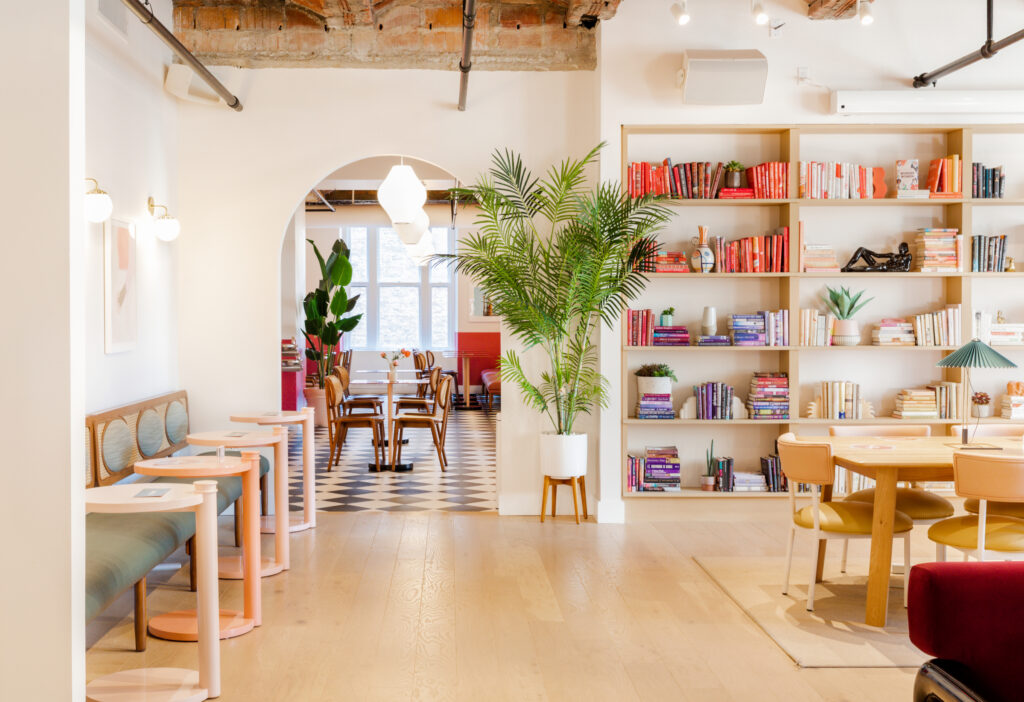
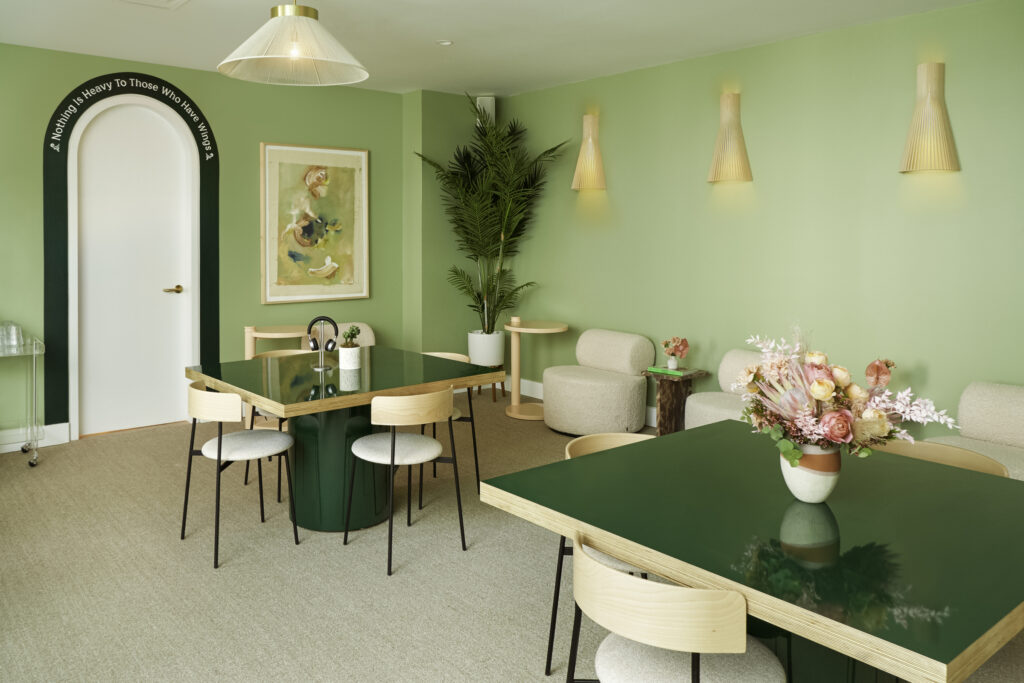
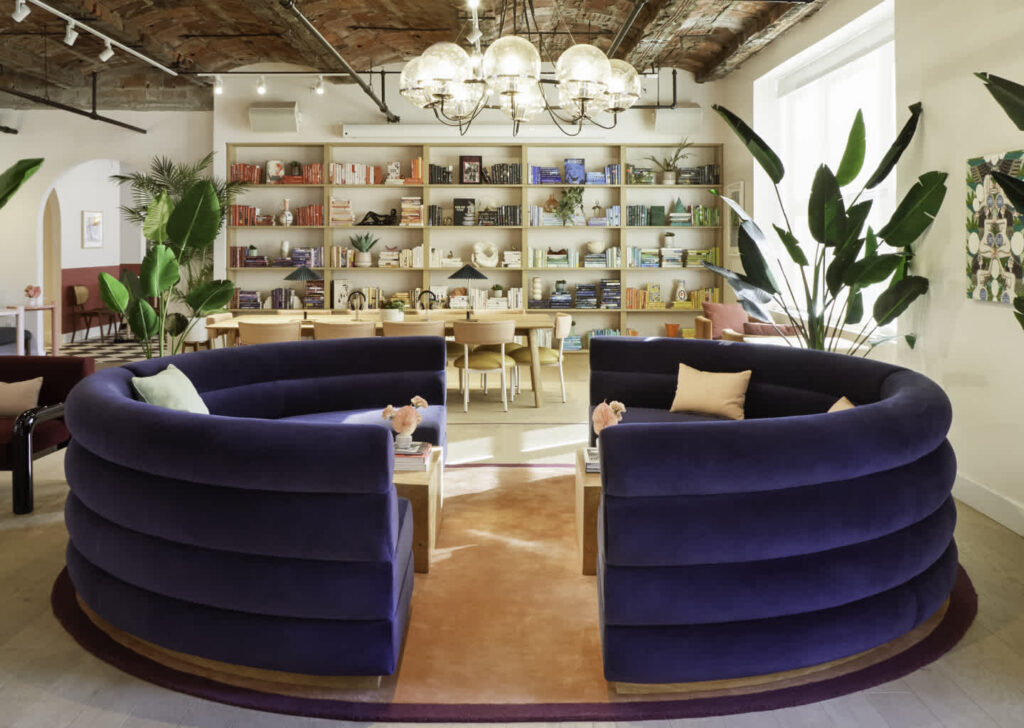
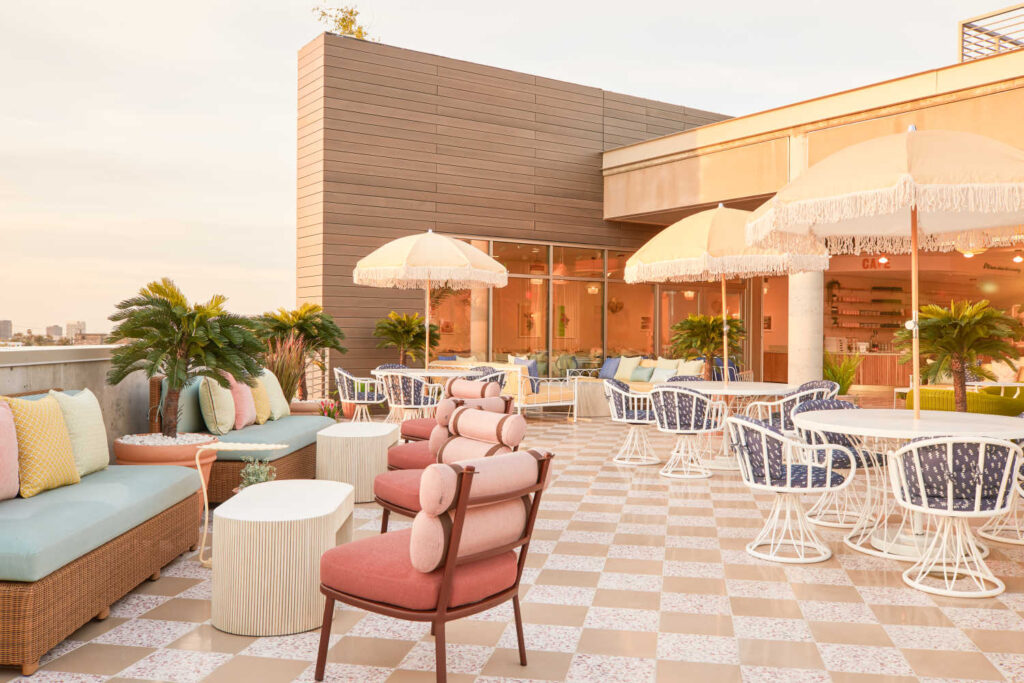
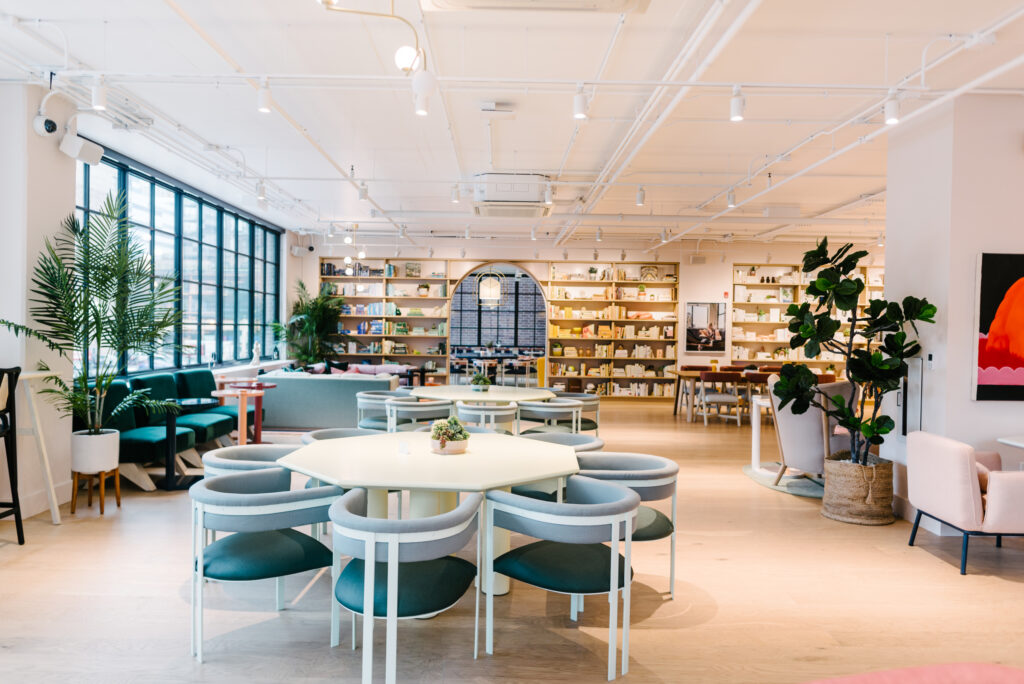
Budds, Diana. “The Wing’s Lasting Legacy Is the Furniture.” Curbed, Vox Media LLC., 31 Aug. 2022, https://www.curbed.com/2022/08/wing-interior-design-furniture-audrey-gelman-millenial-aesthetic.html.
Additional images from https://www.the-wing.com/
Having recently closed their doors, the line of women-centered, luxury social clubs and coworking spaces “The Wing” give us both successes and failures to learn from. With its feminist brand promise publicly broken, this article highlights the interior design as a standout aspect of their legacy. Consistency in jewel-tone color palette and rounded corners, lush suede-blend apolstery and custom wallpaper patterns, and attention to the detail of every element gave The Wing’s spaces an immersive beauty. The variety of working space options they provided are especially interesting to me, as I try to design a coworking space myself. Although The Wing failed due to pandemic circumstances and not living up to its brand, I see the design of its spaces as a rich source of inspiration. The links in this article, leading to interior designer portfolios and other articles dissecting the furniture/space design, are good resources to save as well.




